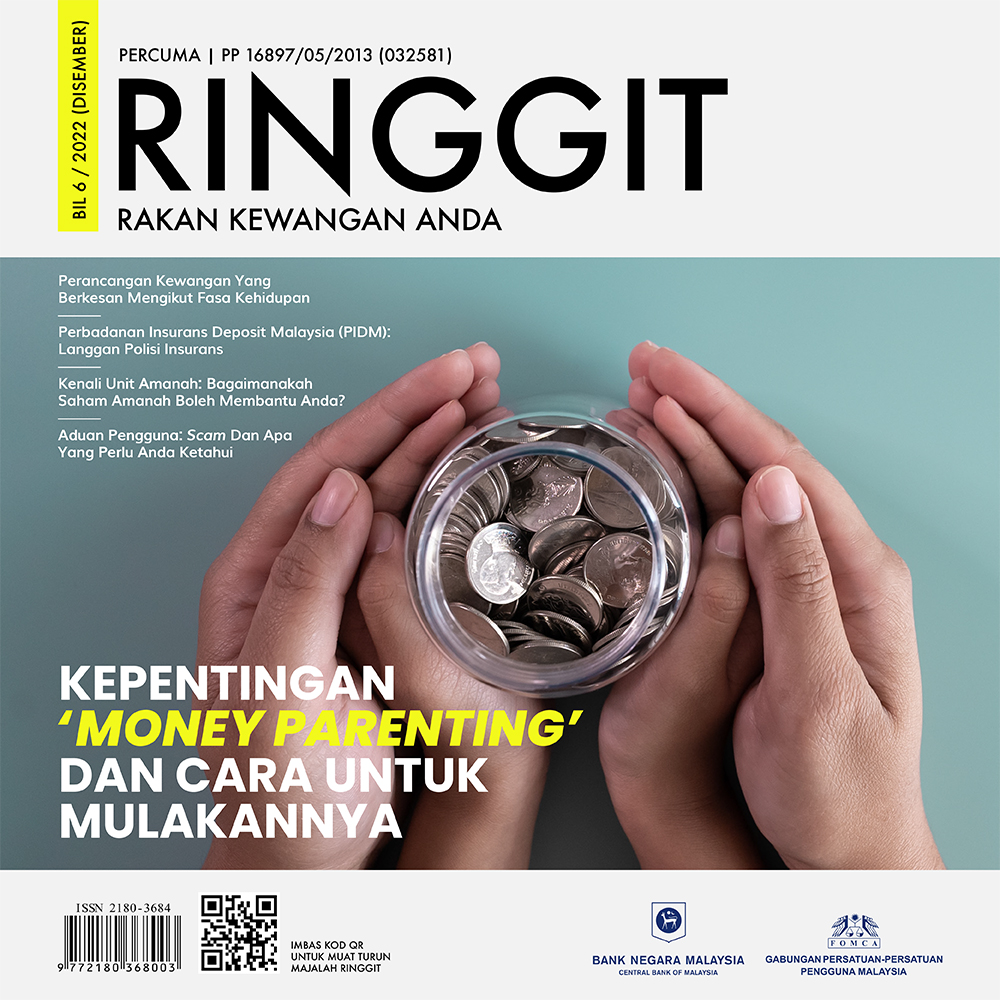 26 Aug 2021
26 Aug 2021
BNM announces a new Standardised Base Rate (SBR) that will replace the Base Rate (BR) as the Reference Rate Framework for new retail floating-rate loans, effective 1 August 2022.
As the Standardised Base Rate (SBR) will be linked solely to the Overnight Policy Rate (OPR), changes to the SBR will only occur following changes in the OPR, which is determined by the Monetary Policy Committee of Bank Negara Malaysia (BNM). The new framework also will help consumers to make more informed decisions as it offers greater transparency and compatibility of loans across all banks in Malaysia.
What is the Standardised Base Rate
The Standardised Base Rate (SBR) helps you to gain a better understanding of how your loan’s interest rates work. Your loan’s interest rate (also known as the effective lending rate) is made up of a reference rate and a spread. The reference rate is the interest rate that’s used as a benchmark whereas a spread refers to the bank’s operating costs and profit margin, as well as a premium based on how much risk the bank is taking by lending to you.
What is a lending rate
A lending rate is an all-in rate that affects the repayment amount.
What is a reference rate
The Standardised Base Rate is an example of a reference rate. It determines the changes in borrowers’ repayments on floating rate loans throughout the tenure.
What is a spread
A spread includes credit and liquidy risk premiums, operating costs, and profit margin. A spread is usually different across banks and individuals as it is based on your own credit risk and each bank’s risk appetite. It is also generally fixed throughout the lifetime of the loan.

Source: Bank Negara Malaysia (BNM)
Standardised Base Rate vs Base Rate
The SBR is meant to replace the Base Rate (BR), a reference rate that was introduced in 2015. The BR itself was introduced to replace another reference rate, the Base Lending Rate (BLR). Under the existing reference rate framework, each bank is allowed to set its BR. This means that every bank has a different BR. When the new framework kicks in, however, the banks will all use a single rate – the SBR. The SBR will be the same for each bank.

Source: Bank Negara Malaysia (BNM)
How does the Standardised Base Rate benefit you
The BR is internally determined by banks, based on the benchmark cost of funds and the Statutory Reserve Requirement (SRR). Unless you work in the financial industry, that probably doesn’t mean much to you. It doesn’t help that each bank has a different methodology for calculating its BR.
That’s why the move to the SBR makes lending rates more transparent. By setting a single reference rate that is driven only by the OPR, it helps consumers like us understand the changes in our loan repayments when interest rates change. With a single reference rate, you can also compare lending rates across banks without accounting for different BRs. This makes it easy to see which banks are charging lower spreads.
What loans does the Standardised Base Rate apply to
The SBR ONLY applies to new floating-rate loans and financing for individuals beginning 1 August 2022.
Individual financing
Refer to loans are given out to individuals (excluding businesses)
Floating-rate loans
Floating-rate loans refer to loans where the interest rate can change throughout the loan’s tenure. It applies to housing loans and personal loans but is generally not applicable to fixed-rate loans such as hire purchase loans (car loans) and SME or corporate loans.

Source: Bank Negara Malaysia (BNM)
Here’s how the new framework will affect your loans:
Existing loans
Loans took before 1 August 2022 will still be priced against the BR or BLR. From 1 August 2022, the reference rates (BR or BLR) move in tandem with the OPR. This means that if the OPR increases or decreases by 0.50%, the BR or BLR will increase or decrease by 0.50% too.
Future loans
Loans took from 1 August 2022 will be priced against the SBR. The SBR also moves in tandem with the OPR.
It doesn’t really affect your lending rates
BNM states that the new framework will not affect the lending rates of retail floating-rate loans for existing borrowers. It also added that new borrowers would also be “largely unaffected by this revision, as effective lending rates for new borrowers would continue to be competitively determined and influenced by multiple factors, including a financial institution’s assessment of a borrower’s credit standing, funding conditions and business strategies.” Nevertheless, the SBR looks like a great move to make comparing lending rates easier and more transparent.






